We sit down with Jon Tickle, Information Architect at Centrica and one of TV’s favourite geeks, to ask him about his journey through science communication, his involvement in Stem outreach and, of course, his time on Brainiac: Science Abuse
Jon, many of our young British readers will keenly remember you as the co-host of Brainiac: Science Abuse and a lot of them will certainly attribute their own involvement with science to the show, but what first inspired you to get into science?
I grew up in quite a conventional, but scientifically-minded household. Both of my parents were teachers. My dad was head of maths at my secondary school – although he has a Chemistry PhD. I remember having a sort of reverse road to Damascus moment around my 12th birthday during a drive home from church. Through the window I could see this beam of light shining through the clouds and I recall saying to my dad ‘Look, God’s looking down on us!’ And although both my parents were religious, Dad, with his background in science, immediately replied ‘Don’t be ridiculous Jonathan, that’s just the sunlight reflecting off the particles in the atmosphere.’ Hearing this made me ask myself whether anything else I thought I knew was wrong. And from that moment onwards I started to question everything really.
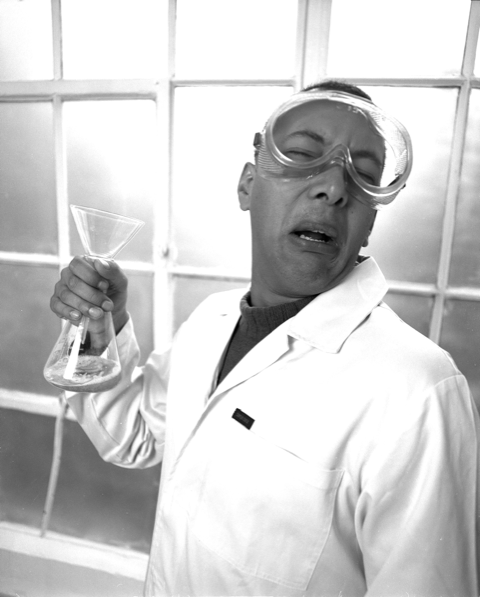
Discovering that approach is what really got me interested in Stem subjects. People think I’m a proponent of science, but I’m not. I’m a proponent of the scientific method. A lot of the science communication that I do uses this aspect of science as a generic tool for understanding the world. I say it often when I’m speaking to kids at various Stem events, but I don’t necessarily want you to go into science as a career. I just want you to think and to enjoy thinking. Once I realised that you actually had to question what you knew and why you knew it, I sort of went feet-first into science and I couldn’t soak up enough of it. I’ve been into science ever since.
How did you first get involved with Brainiac?
It was a complete accident. As many people may know, I was a contestant on the fourth series of Big Brother back in 2003. In order to take part in BB I had taken three months leave of absence from work, meaning that just two weeks after it finished, I was back at my desk. The whole experience was very surreal, but I remember coming out of the interview with Davina and immediately being presented with three enormous ring binders full of interview requests. I had no intention of doing any of these interviews, but it was a completely unmanageable situation so eventually I got an agent. Thankfully she understood my ambition to do nothing, but there was one occasion where she did put her foot down. She was friends with someone in the industry who was creating a new programme and she thought it would be a good opportunity for me to at least experience that side of things. This programme turned out to be Brainiac.
We basically blew stuff up and called it science but if we helped kids get hooked on topics like non-Newtonian liquids, that’s fantastic
They had already cast Richard Hammond as the lead presenter but at that time he didn’t have a reputation as a science geek. And there I was, having just walked out of Big Brother, perfectly fitting the bill of a geeky sidekick. I had no intention of actually doing Brainiac, but when I walked into the Brainiac offices I was immediately hit with riots of colour. Everything was so visual. Every staff member wore a Brainiac branded T-shirt, having so clearly bought into this concept. It was so infectious that I just had to be a part of it.
What were some of your favourite experiments from the show and why were they so memorable?
I obviously have to mention walking on custard. It was one of the biggest and most grandiose experiments we ever did and whenever people come up to me, 90% of them will start talking about that experiment first. I get a lot of feedback from teachers saying they will show five minutes of a Brainiac clip and then say to their students, ‘Okay, now let’s talk about the real science, shall we?’ I love hearing that; we basically blew stuff up and called it science but if we helped kids get hooked into a particular topic like non-Newtonian liquids, then that’s fantastic.
In your opinion, how has Brainiac influenced the next generation of scientists?
In 2003 there was a significant gap in the market and no one was commissioning what I’d call high science programmes. But Brainiac came along with a new take on the ‘edutainment’ format and persuaded Sky TV to fund seven series of prime time science programming. I don’t want to give Brainiac too much credit here, but I think you could legitimately say that the rise in such programmes might not have been possible without Brainiac.

But what I love is that I now get to go to Stem events throughout the year and interact with young people who constantly tell me that they were inspired to investigate science because of Brainiac. I think the show was incredibly important in inspiring the younger generation for two reasons. Firstly, it allowed us to get young people engaged with topics that we can all admit might be a bit dry at first glance. The second aspect is that it persuaded people that science is not something that is only in the realm of the particularly intelligent or gifted, or those that already know how to do it. Everyone can engage with science, even if they’re not scientists. The person on Brainiac who came up with the show’s segment ‘I can do science me!’ deserves a medal because actually, that has stuck. People come up to me and say that and I think, yes you can. And that’s what we need to be saying to the next generation.
The director said ‘Jon, I don’t think you’ve really grasped the show quite yet, you’ve got 10 seconds to describe what’s going on’
What did you learn about communicating science to the masses during your time on the show?
I learnt very quickly, that’s for sure. I learnt how naïve I was. I remember one of the very first experiments we did on series one was all about alkali metals. In the script there would be a section that said, ‘Jon explains the science here’. So, I had prepared in advance for this piece. I’d got my trusty A-level chemistry textbooks on hand so I could remember the science, and there were some whiteboards as part of the set. After Richard had done his piece for the camera, I then had to explain the science. I started drawing atoms and electrons and talking about valence shells for a couple of minutes until I heard a sound from behind me. I turned around only to see the cameramen and all of the crew literally on the floor, crying with laughter. The director then came up to me and said, ‘Jon, I don’t think you’ve really grasped the show quite yet, you’ve got 10 seconds to describe what’s going on.’
It was an important lesson. People’s attention spans are short, especially at a certain age, and you’ve got to communicate in a language they understand. You will alienate people if you go straight in at the deep end. I always say it is more like science translation rather than science communication. Nobody learns a new language by using all of the long words straight away. It’s about translating a complicated subject into a structure that everyone can understand.
Many sixth formers want to join university or work placements but they can’t afford to. This scheme makes them accessible to all
How has your involvement with science communication changed over the years?
Brainiac opened a number of doors for me and I’ve been able not only to meet some incredible people but also take part in different events. For example, I remember an event at 10 Downing Street to showcase the importance of science. There were a number of prominent science communicators across a breadth of areas in the room. Sir David Attenborough was there and after we had a more formal meeting, he stopped me to ask if I would mind discussing some of the points further. He and I had a one-to-one conversation about science policy in the UK while people gathered around. That was quite simply the best moment in all my years of being involved in science communication.
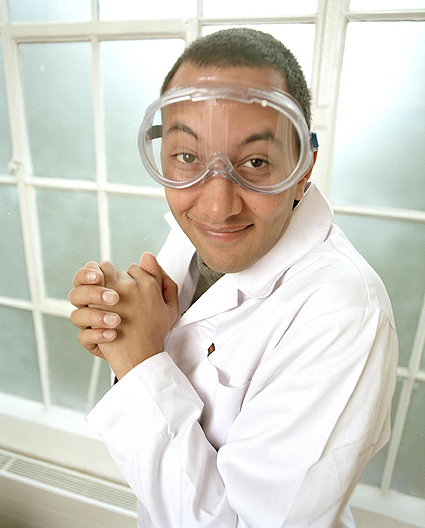
Nowadays, I don’t do as much work in front of the camera but I’m still involved in a lot of outreach activities, particularly through the charity Satro (Science and Technology Regional Organisation). This organisation does vital Stem engagement for the entire population living in the South East. What I love is giving talks at different events or schools, particularly to the older children. It’s about opening minds, but in a different way to how Brainiac did it. It’s about showing them that you can be creative and scientifically minded at the same time. I’m also involved more formally, such as sponsoring a bursary scheme that places sixth form students in universities and companies around the South East. This allows them to get hands-on experience doing proper science research. The problem is that although many want to take part in placements like these, they can’t afford to travel to what are often geographically remote locations. The scheme was set up to pay for their travel allowances, making these placements accessible for all.
Science is about having a questioning mind and then using that skill across a broad range of disciplines and careers
But we can’t have this conversation without acknowledging the enormous army of volunteers that work with charities and organisations such as Stem Learning. At last count, I believe there were more than 30,000 Stem ambassadors nationwide who go into youth clubs and schools. It’s truly inspiring work.
What advice would you give someone wanting to get involved with science communication now?
Knock on doors and ask for opportunities because they will be out there. I believe that there is demand for science communicators so you’ve just got to start doing it. Talk to your local university, your local Stem provider or go and sign up to be a science ambassador at Stem Learning. You can then build your portfolio up and at some point, you will be given an opportunity that you just have to grasp with both hands – because it’s a wonderful career to get into. When Brainiac came along, I was already working 70 to 80-hour weeks and then spending one day of that filming. I certainly wouldn’t put myself through that now but sometimes these opportunities come along and you can’t let them pass by. You have to embrace them.

If the UK is to succeed then we need Stem practitioners. Britain’s unique selling point is its strength in Stem subjects, so from a purely practical point of view I think it is vital that people get involved with science communication. It’s about letting the younger generations know that science is a viable choice for anybody. It’s not just about learning facts, it’s about applying the scientific method across all career paths. No question is ever too silly, and I think we can safely say Brainiac tried to prove this. Science is about having a questioning mind and then using that skill across a broad range of disciplines and careers. That should be our message to the next generation.
Lauren Robertson is a science writer at Notch Communications.





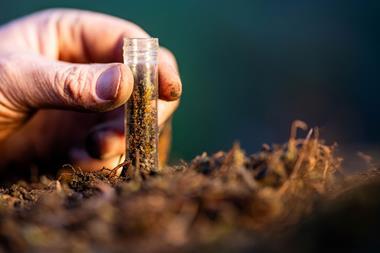
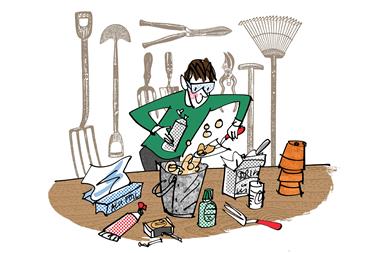

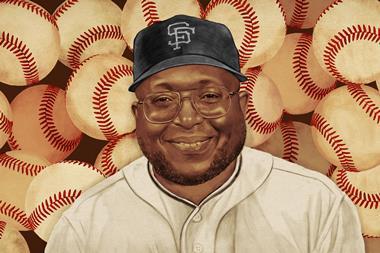
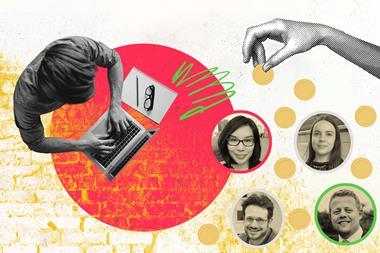



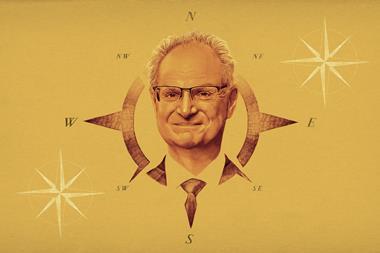

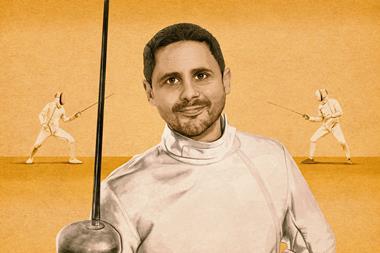
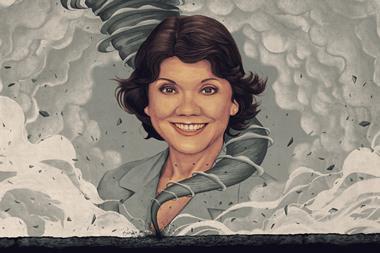
No comments yet